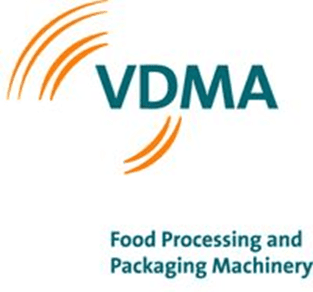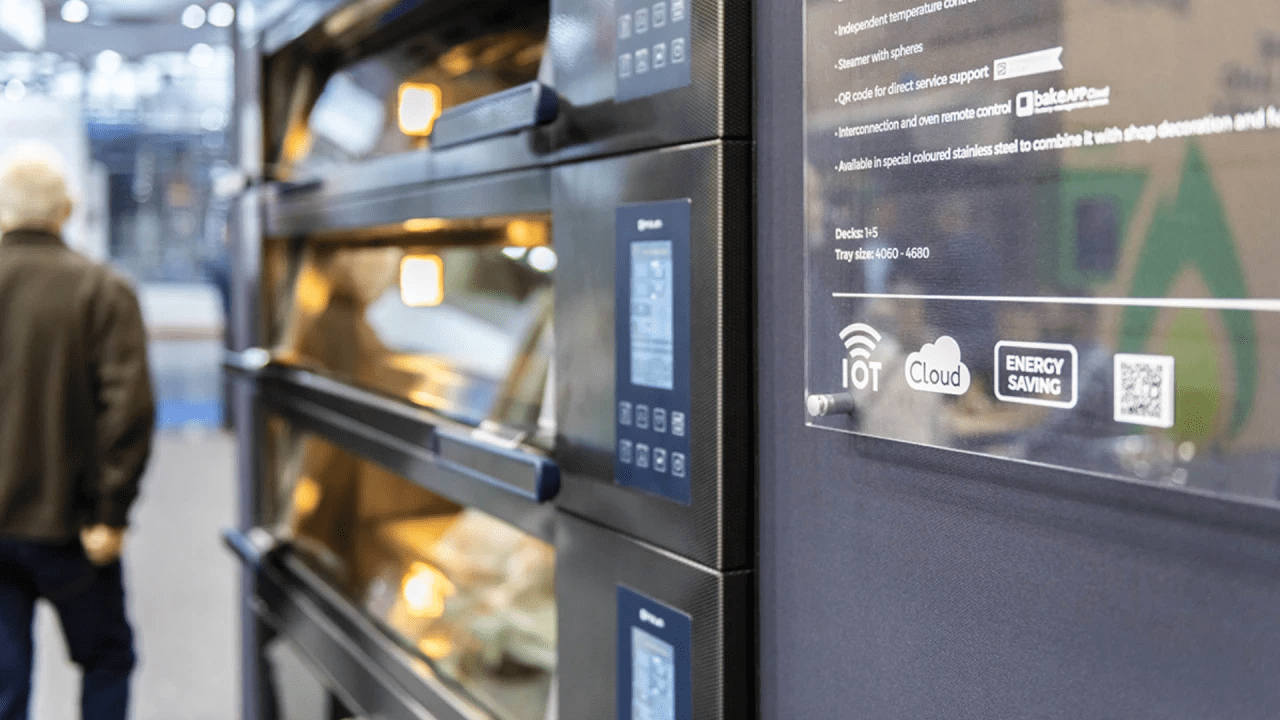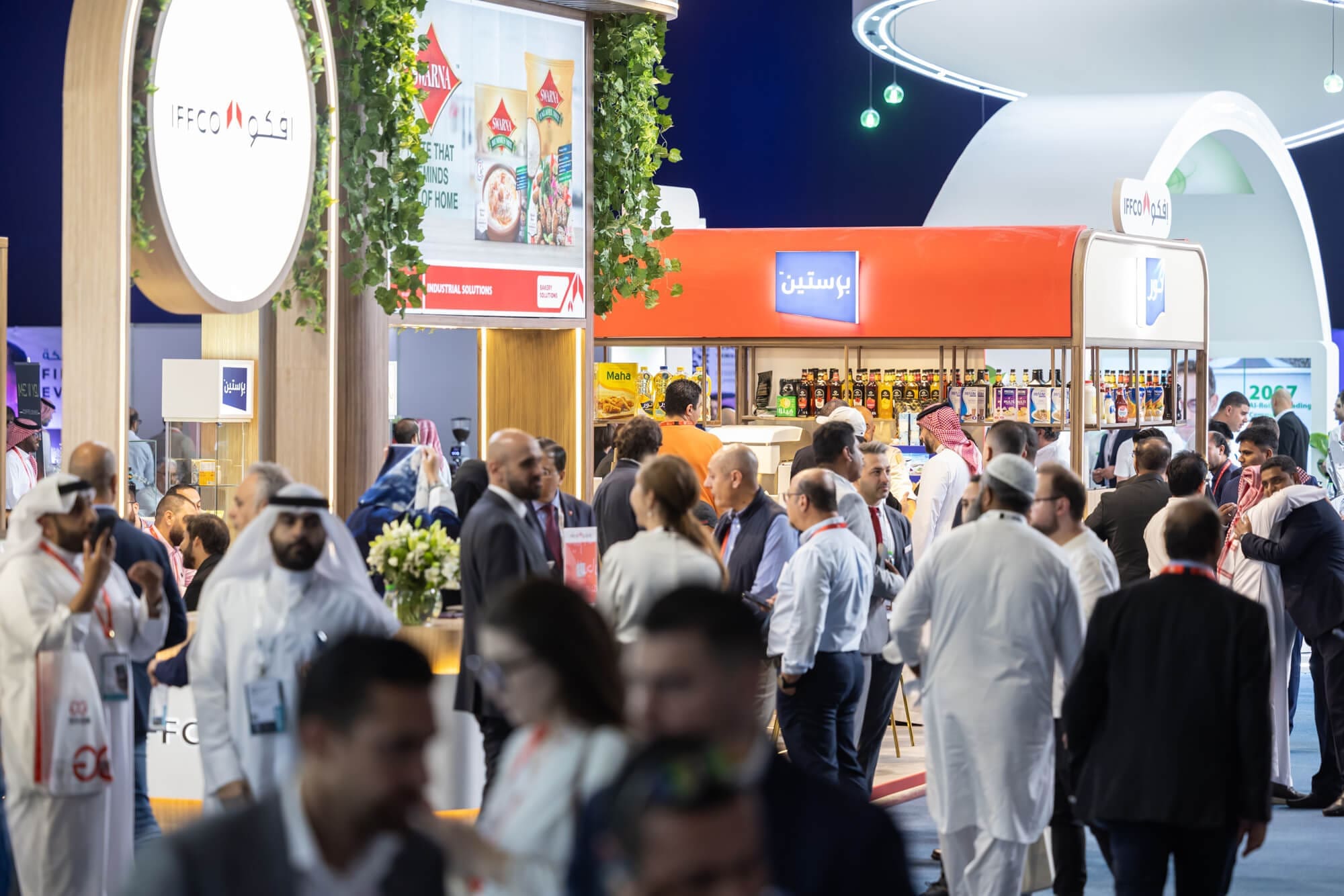Cleaning processes in the food industry have the goal of sustainably cleaning the production facilities from product residues. Since one has only limited insight into closed systems such as piping systems and tanks, in practice one plays it safe.

This means longer cleaning times, more consumption of water, cleaning media and energy than would actually be needed if the degree of contamination and the time of complete cleaning were known. This is an issue that is gaining in importance with increasingly smaller batch sizes and growing demands on companies’ sustainability goals.
Inline cleaning sensors are intended to provide a “view” into closed systems and pave the way for more resource efficient while still safe cleaning. Within the framework of the SensoRein research project funded by the BMEL, the development of three innovative sensor technologies was further advanced:
- The Quartz Crystal Sensor of the Fraunhofer Institute IVV in Dresden aims at monitoring the degree of contamination and identifying the end point of the cleaning process. The robust measurement signal can be calibrated to different material matrices. An industrial prototype was developed in the project, which is planned to be tested in pilot plants of companies represented in the industrial consortium accompanying the project.
With the Flurescence Fiber Sensor from Fraunhofer IPM in Freiburg, cleaning processes and their end point can be monitored independently of the product. The compact design of the measuring probe allows it to be installed directly in critical parts of the plant. Several measuring points can be monitored with one UV source and evaluation unit. An industrial prototype for this type of sensor has also been developed in the project and is about to be tested in pilot plants of companies represented in the industrial consortium accompanying the project.
- The Laser-Induced Breakdown Spectroscopy (LIBS) from Fraunhofer IFAM in Bremen is about transferring a measuring principle that has proven itself in technical surface cleaning to liquid media. The advantage is that the measuring principle can be used to detect the smallest amounts of residues in cleaning media.
In the project, the feasibility of applying the measuring principle in liquid media was demonstrated and typical recipe components of foodstuffs were detected in low concentrations in water. Further development work is aimed at further reducing the detection limit of typical recipe components and verifying the measuring principle in CIP systems.
In this regard, test series are being prepared at the pilot plant of the Technical University Braunschweig. The pilot plant will be available to sensor manufacturers and users for the verification and further development of measuring principles beyond the project duration of SensoRein.
In the case of the sensor principles considered here, the “view” into the closed production system is linked to the installation of measuring points. Depending on the sensor principle, different requirements are placed on the surfaces of the measuring points.
In the case of the thickness shear sensor, both the contamination behaviour (fouling properties) and the cleaning behaviour should correspond to that of the apparatus or pipe wall (usually stainless steel). In the case of the fluorescence probe, there is also the requirement of transparency.
In the LIBS sub-project, in addition to transparency, antifouling properties are also required so that the measurement process is disturbed as little as possible by deposits through the pipe wall. Suitable coatings were developed by the Fraunhofer IST in Braunschweig for all sensor principles, which also meet the requirements for resistance and food conformity.
SensoRein at drinktec (12-16 September 2022, Munich)
- Presentation of the project results: Hall B3 Stand 336 (VDMA stand)
- Lecture at the inspiration hub: Thursday, 15 September 2022, 10:00 – 10:30 a.m. (Hall C6: focus on “Water & Water management”)





